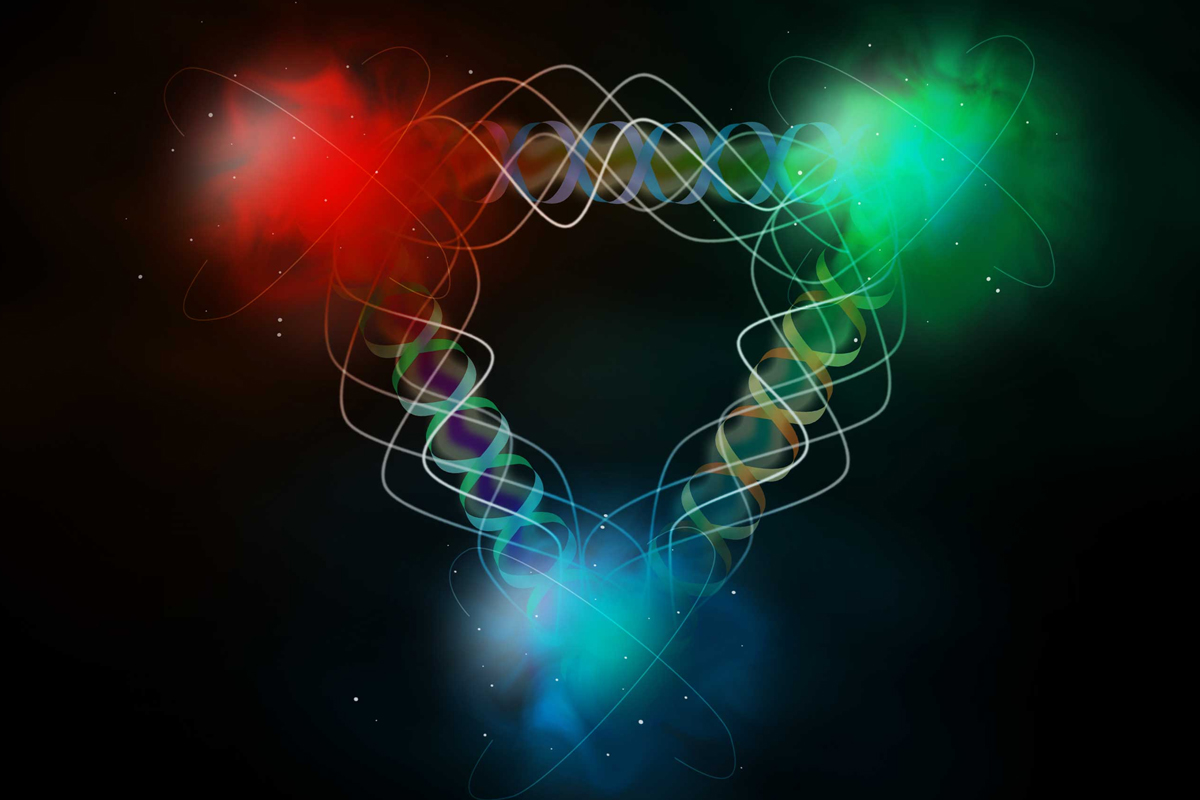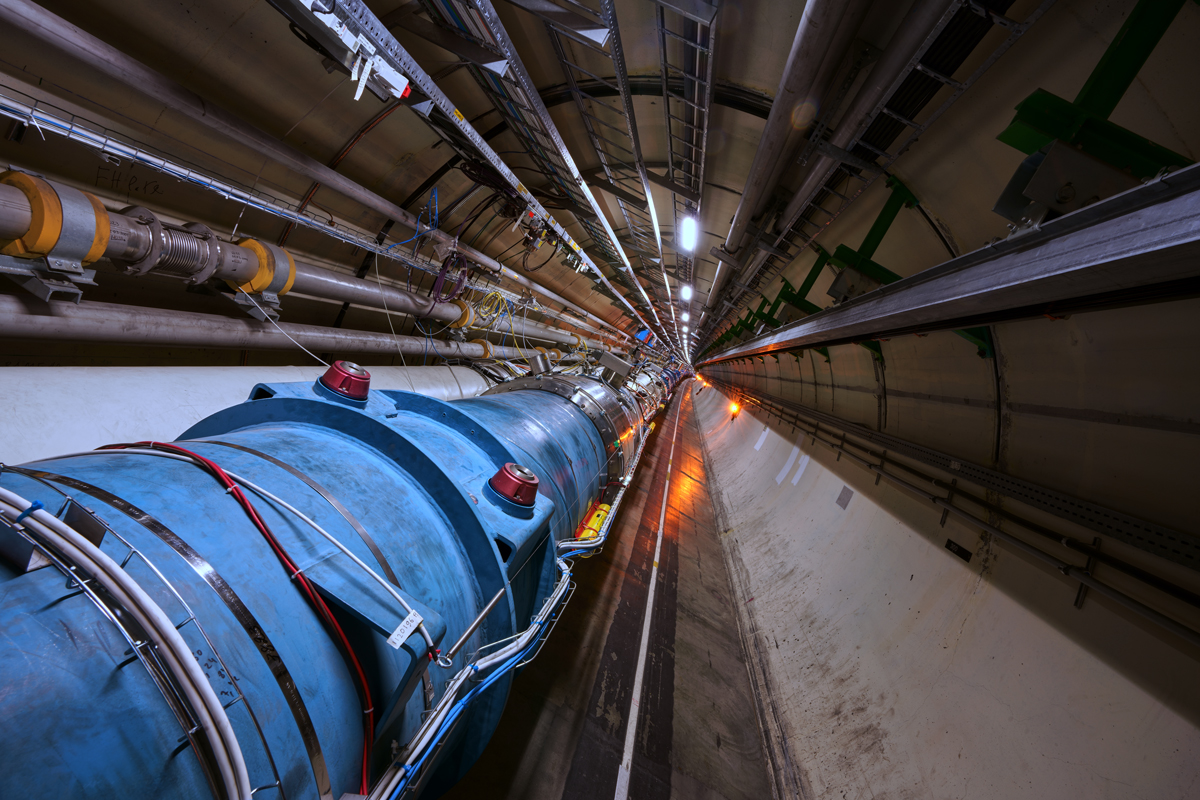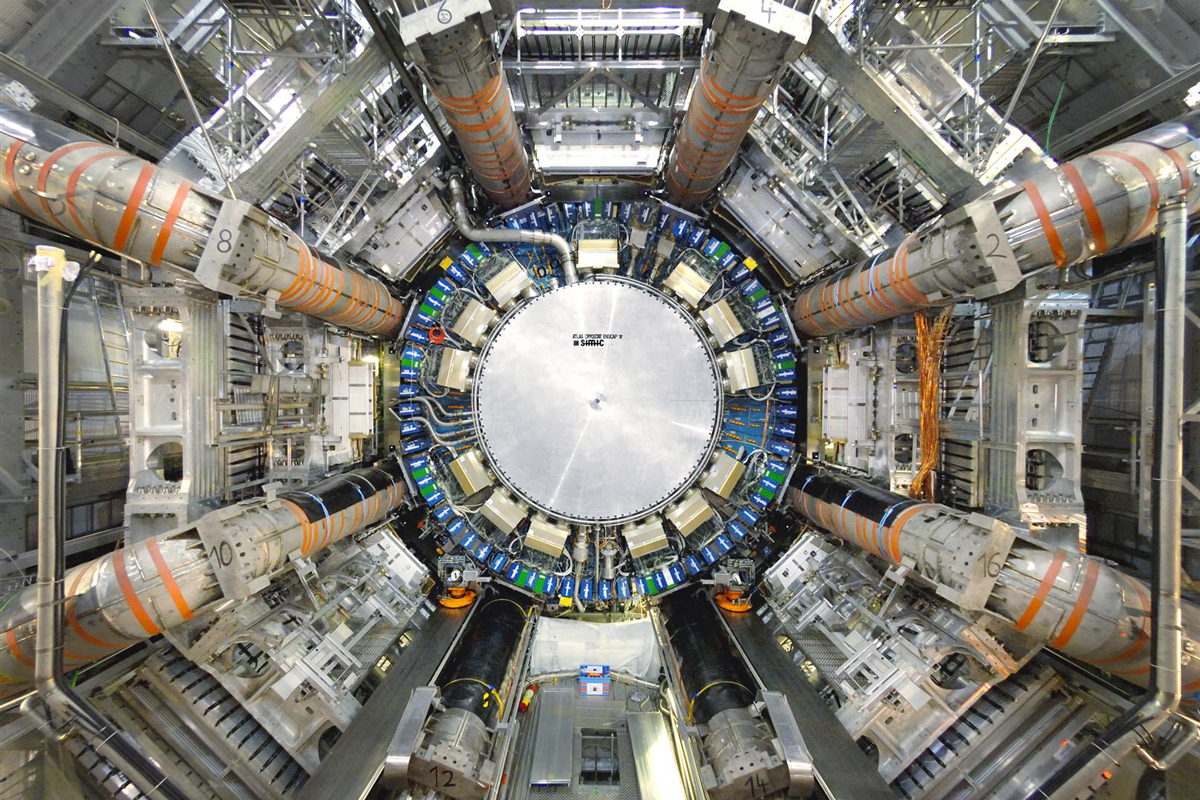Phenomenal physics Inspire article
Theoretical physicist Maria Ubiali reflects on her role as a particle phenomenologist working at the interface between theory and experiment.

of Cambridge, UK
Varsity Newspaper,
www.varsity.co.uk/Evelina
Polyakov
Historically, the job of physicists was to explain the things we observe in the world around us. In modern physics, however, explanation often comes before observation. The famous Higgs boson is an example. Physicists realised that something like the Higgs must exist for their theory of elementary particles to make sense; they went looking for it and, a few decades later, finally discovered itw1.
When a theory is written in the language of maths, it’s not always clear what kind of experiments you should perform to confirm or debunk it. This is where phenomenologists come in. Dr Maria Ubiali, from the University of Cambridge, UK, is one of them. Her job is to work out what observable consequences our theories of nature might have. In particular, she focuses on the Standard Model of particle physics, which describes the fundamental particles of nature.
“What I really do is to formulate theoretical predictions, to give numbers to the experimentalists”, says Ubiali. “They verify what I give them to see if the Standard Model is the law that correctly describes nature, or if there is something more than that.”
What can we predict?

proton, composed of three
quarks held together by the
force of gluons
scify/Shutterstock.com
A good example of the interplay between theory and experiment is the evolution of our understanding of the proton. When protons were discovered a century ago, scientists thought they were elementary, indivisible particles. In the 1960s, scientists realised that protons were actually built from three smaller particles, which we now call quarks, bound together by some force-carrying particles called gluons. Today, our picture of protons is even more complicated. As Ubiali explains, “There is an interesting life inside the proton. Inside this tiny radius of the proton, quarks keep creating and annihilating in pairs – quarks and antiquarks – with gluons radiating all the time off the quarks and antiquarks.”
At high energies (when quark/antiquark pairs are more likely to pop in and out of existence), you might think of a proton as more like a swarm of particles: three quarks, and a crowd of gluons and quark/antiquark pairs. The structure of the proton is then described in statistical terms that capture how the properties of the proton, such as its momentum, are distributed across the swarm.
Machine learning
Theoretical predictions for processes involving elementary particles, such as electrons or photons, can be determined from the Standard Model by solving the relevant equations. “What is interesting about the structure of the proton is that it can’t be determined using first principles”, says Ubiali. For the mathematical description of protons, called quantum chromodynamics, the equations cannot be completely solved. “That’s why we need experimental data to infer the structure of the proton in terms of its elementary constituents.”
Experiments such as those at the Large Hadron Collider (LHC) at CERNw2 produce a huge amount of data, so sorting through this data to see what it might teach us about the structure of the proton is a near-impossible task. This is why Ubiali and her colleagues harness the power of computers. In particular, they use machine learningw3 to find patterns in these large data sets, which they can then use to fine-tune their mathematical description of the proton.
“That’s how we apply machine learning, so we have a much better determination of the proton’s structure”, says Ubiali. This data-driven description gives not only the best prediction of the structure, but also the uncertainty associated with this prediction. “We have more realistic estimates of the uncertainty, of what we still don’t know.”

CERN
Beyond the Standard Model
“The success of the Standard Model is extraordinary”, says Ubiali. Recent comparisons of the model’s predictions to experimental data show an unprecedented agreement over a wide range of scales (from 10–4 to 1011 picobarns – a measurement of area). However, the Standard Model cannot describe nature completely, as there are many mysteries – such as why neutrinos have mass, and the nature of dark matter – that it cannot solve.
Ubiali says that part of her work involves stretching the Standard Model to the maximum possible precision in order to experimentally observe any deviations from predictions. She also works on models that go beyond the Standard Model.
“As a theorist, I’m really interested to see what is beyond the Standard Model. I’m particularly interested in the paradigm shift we are living in. When the LHC was turned on, we were all expecting to see some spectacular deviation from our predictions, because we would reach the energy of the collisions when something would break down. But that didn’t happen.
“This could be a source of disappointment, or a source of excitement. For me, it is a source of excitement – it means that nature will give us some more subtle hints about deviations.”

CERN
Acknowledgement
This article was originally published in Plusw4, a free online magazine that aims to introduce readers to the beauty and the practical applications of mathematics.
Web References
- w1 – Visit the Science in School website to read the story behind the Higgs boson in an interview with Rolf Heuer, formerly director general at CERN. See:
- Hayes E (2012) Accelerating the pace of science: interview with CERN’s Rolf Heuer. Science in School 25: 6-12.
- w2 – The CERN laboratory sits astride the Franco-Swiss border near Geneva, Switzerland. It is the world’s largest particle physics laboratory.
- w3 – Learn more about machine learning in an article on the Plus website.
- w4 – The original version of this article, published in Plus, is available on their website.
Review
Have you ever wondered how mathematical models are used in physics research? Or how scientists use computers to analyse data from large-scale experiments such as those at the LHC? This article explores these topics and more by considering the interplay between physics and maths through the eyes of a theoretical physicist.
The article could be used to promote careers in STEM, to highlight the importance of mathematics as a tool in modern scientific research, and to illustrate the benefits of working in a team of researchers with complementary skills.
If the article is used as a comprehension exercise, discussion questions could include:
- Does Maria Ubiali’s work rely on mathematical or scientific information?
- What is the role of a particle phenomenologist?
- What is the Standard Model of particle physics?
- How is machine learning used in particle physics?
Stephanie Maggi-Pulis, head of department for physics, Secretariat for Catholic Education, Malta





